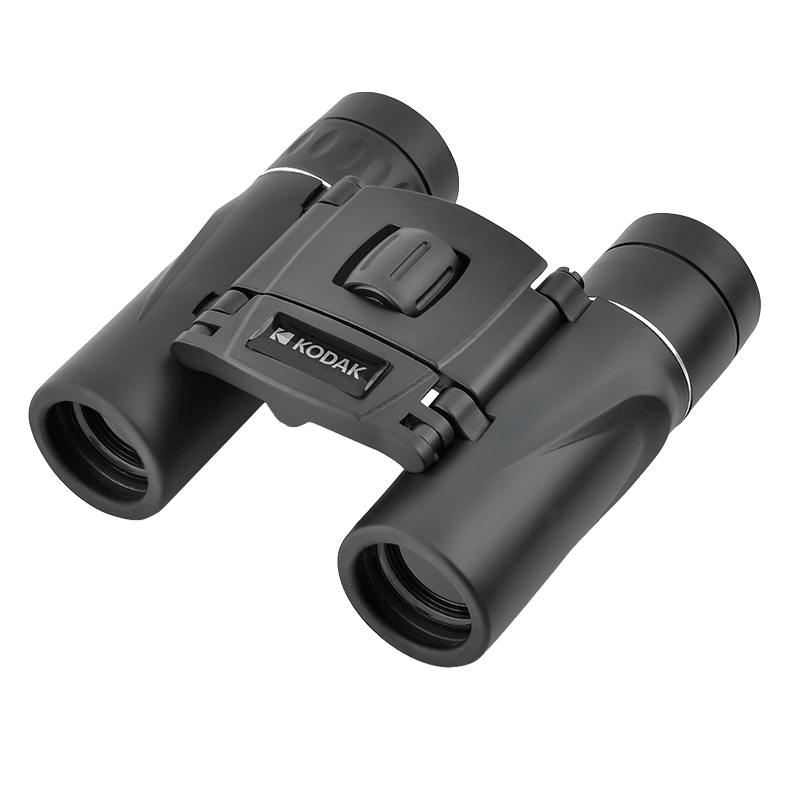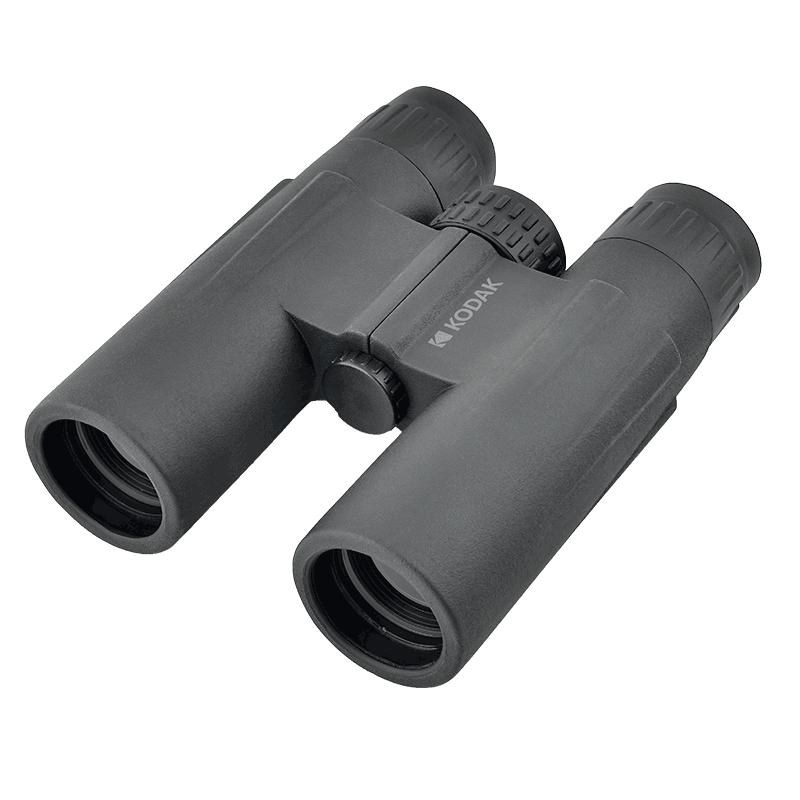Your basket
Free home delivery from 79€
You're only missing
79 €| Total items | 0,00 € |
|---|---|
| Delivery | Calculated in the next step |
| Total | 0,00 €* |
Accepted and secure payment methods
Languages
Your favorite items
Log in to access your wishlist
Notifications
Catégorie
Availability
Price
Prix :
€ -
€
Binoculars
Binoculars are optical instruments that allow you to see distant objects with a high degree of clarity and precise magnification. They are used in a variety of activities, such as bird watching, hunting, mountaineering, and at sporting events and concerts. They are available in a range of sizes and magnification strengths to cater for all needs. Binoculars are a worthwhile investment for anyone who loves the great outdoors and is an avid observer.
6 produits

















